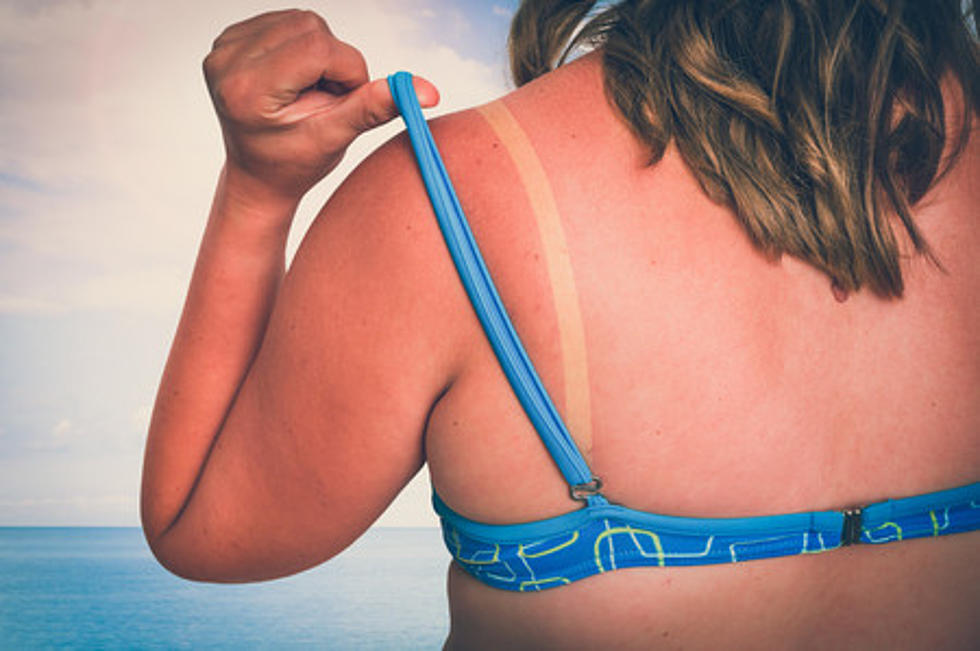
North Dakota Skin Cancer Rate is Higher than the National Average
The weather is warming up and we're spending more time outdoors. Picnics, outdoor sports, the pool, the beach, relaxing with a drink in your hand and the breeze in your hair — sound cool? It sure is! What isn’t cool is skin and eye damage caused by excessive exposure to the sun’s U.V. rays.
July is Ultraviolet Safety Month, a time to raise awareness about how important it is to protect our eyes and skin from the side effects of UV Rays.
Did you know that North Dakota has a skin cancer rate that is HIGHER than the national average? I cringe each time I see someone post a photo online of their sunburn. A sunburn is dangerous and it's totally avoidable.
An estimated 5 million people receive a skin cancer diagnosis each year. The most serious type of skin cancer, melanoma, has a higher propensity to spread to other body regions. Skin cancer is almost always treatable if caught early. Check for any growths, moles, or any dark patches or spots on your skin.
So, what can be done to stop skin cancer? We need to protect our skin in ALL seasons. Getting a “tan” whether outdoors or from a tanning bed is not healthy. We do not need a lot of sun exposure. Self-tanning lotions are considered safe.
The North Dakota Cancer Coalition offers the following advice that might be useful:
Cover up to protect exposed skin. Wear sunglasses to protect your eyes. Wear long sleeves. Wear a hat with a wide brim. Ball caps do not protect your ears or the back of your neck. Use sunscreen with an SPF of at least 30 and seek shade to protect yourself from UVA/UVB rays during the midday. Every two hours, reapply sunscreen. Additionally, because US drivers sit on the left side of the car, skin cancers are more common on the left side of the body due to the sun exposure coming through the windows. So it's important to apply sunscreen before driving. Talk with a dermatologist for specific product recommendations.
Because Melanoma is the most dangerous form of skin cancer it's important to know our skin "A, B, C, D and E's". According to skin experts, these are the warning signs of potential skin cancer.
Asymmetry – The halves do not match.
Borders – Uneven, scalloped or notched.
Color – Variety of colors including brown, tan, black, red and/or blue.
Diameter – Usually larger than the size of the eraser on your pencil (1/4 inch).
Evolving – Look for changes in size, shape, color, elevation or symptoms such as bleeding, itching or crusting.
Check out the variety of sun safety resources from the North Dakota Cancer Coalition (search online for “ND Cancer Coalition Skin Cancer”).
Here are 5 important steps to protect your skin as the weather heats up.
1) Wear a water resistant, broad-spectrum sunscreen that is SPF 30 or higher every day, even on cloudy days
2) Cover up with protective clothing
3) Wear a broad-rimmed hat that covers your ears and your neck
4) Avoid Tanning Beds
5) Know Your Risk. Depending on your sensitivity to the sun, you could have a higher risk.
LOOK: Where people in South Dakota are moving to most
More From Dakota Country 96.1





